Features of stone oak
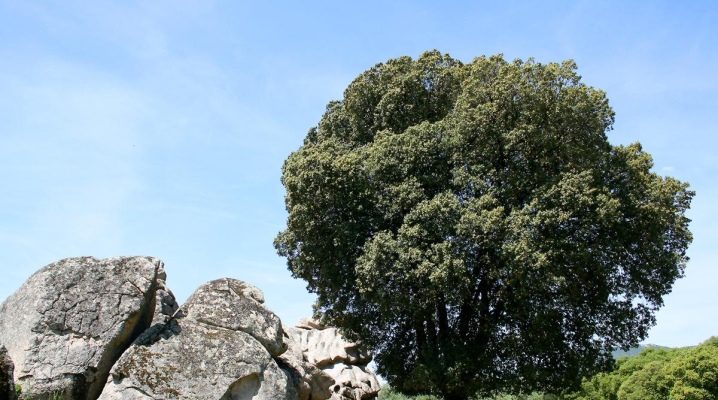
Stone oak is an original representative of the flora, the leaves of which remain juicy green throughout the year. A strong long-term tree is quite ancient and is very popular in landscaping city streets, parks, and public gardens.

Description
Evergreen stone oak can be called very powerful - the trunk in diameter sometimes exceeds two meters in width. The varieties of this tree may differ in height, the average fluctuates within 30 meters. The tallest representatives can stretch up to 40 meters or more. Long-term growth makes the Mediterranean oak a symbol of long-livers.
He can delight with his beauty for a thousand years or more.
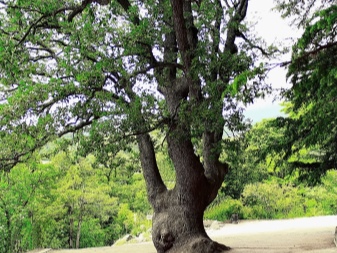

The tree belongs to the beech family, in the first hundred years, its development is usually expressed in active growth. After the oak reaches its maximum height, the crown begins to increase in diameter. There are several distinguishing characteristics of the plant.
- The wood is hard type, durable. Its elasticity increases if the soil is swampy, in dry zones this property decreases.
- The foliage is oval in shape, the color of rich greenery. The size is rather modest - no more than 3 cm in width, up to 5 cm in length.
- Root system This type of oak is very strong, the stem is long, the branches are strong.
- Bark color dark brown, close to black.
- Oak blossom begins in the spring, at the very beginning of the period. Inflorescences of both sexes are present and differ in palette - female greenish, male pinkish.
- Evergreen oak bears fruit with acorns. They can be used for food, such as making flour.
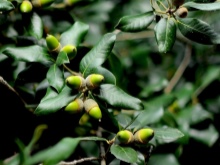
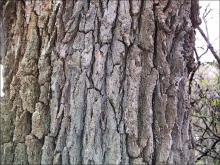

With regard to properties, it is important to mention here that oak perfectly tolerates frost, resistant to temperature extremes... It is due to its durability that the Mediterranean tooth was called stone. The maximum temperature tolerated by the plant is minus 20 degrees Celsius. The distribution zone of the tree is vast; it can be found in the European part of the country, in the Caucasus.
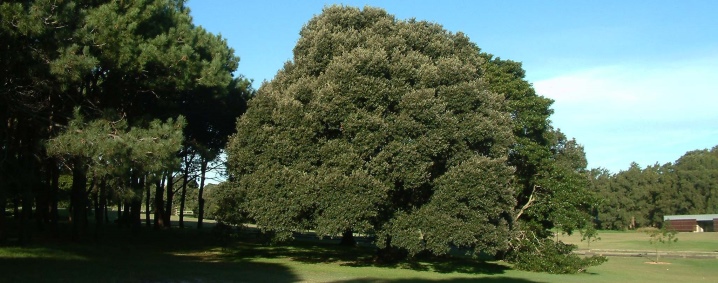
Features of planting and care
Reproduction of this type of plant occurs by acorns, but it should be borne in mind that the fruits quickly become non-germinating after ripening. It is necessary to take the material for planting, which was collected in the current year.
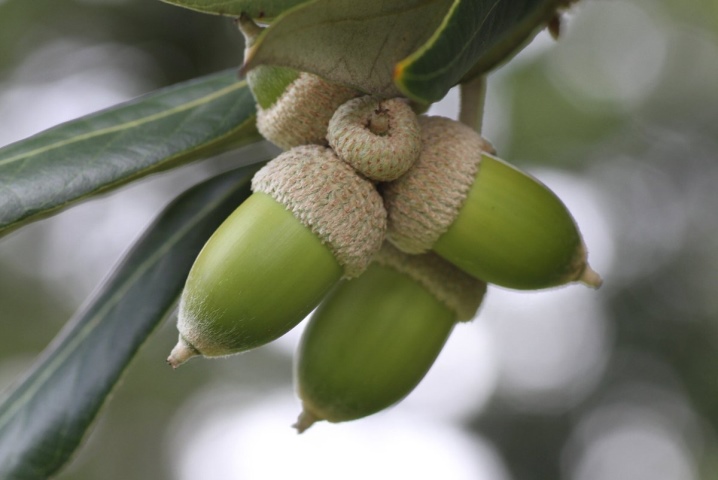
Features of collection and preparationMaterial handling:
- optimal time for disembarkation - spring and autumn, but in autumn they can become a bait for rodents or just freeze in winter frosts, it is worth remembering this;
- before disembarking fruits should be stored in a dry, cool and dark place, for example, a basement, storage temperature - zero degrees;
- after collecting material it is thoroughly dried in room conditions for about 7-8 days, after which it is removed to the cellar or basement.
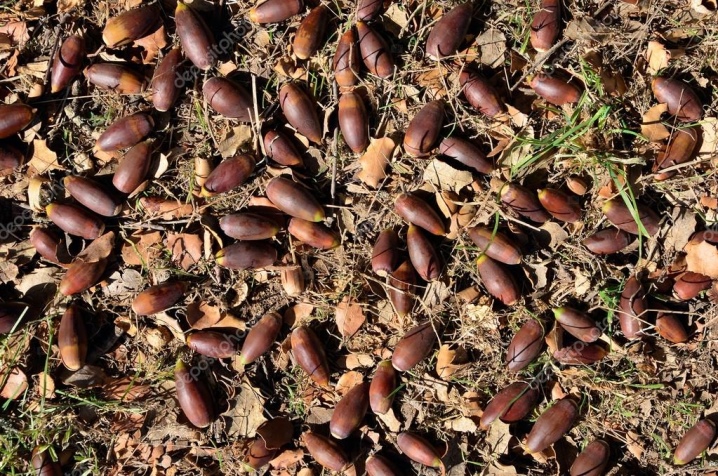
Consider the following points when planting oak:
- first define a placewhere the plant will be planted;
- early spring plant acorns in the optimal zone so that they are no closer than 10 cm from each other;
- next spring in the garden bushes are formed, which are planted in a place of constant growth of trees, the distance between them should be very significant;
- replant bushes it is possible in a year or two after disembarkation, it is impossible to postpone the disembarkation to a later date, the root system will already be too developed - more than a meter;
- two-year-old seedling is transplanted with root truncation up to 15 cm, one-year-olds are not cut off.

Caring for an evergreen oak at all stages of growth is not too difficult:
- during the period of initial growth the bed must be moistened in time, the soil must not dry out, as soon as the earth has dried up, it is time to water;
- beds with future oaks need to be cleaned of weeds, foliage, anything that can hinder the development of plants.

Diseases and pests
Oak, despite all its strength and unpretentiousness, can be subject to various ailments and attacks of pests. The most difficult in terms of consequences are fungal-type diseases and infectious diseases. These ailments destroy not only foliage and trunks, but also the root system, the spread of diseases between trees is rapid. Rotting or fungal diseases usually affect weak and very old trees. Non-rotten ones develop very quickly, and after a few months the plant dies.
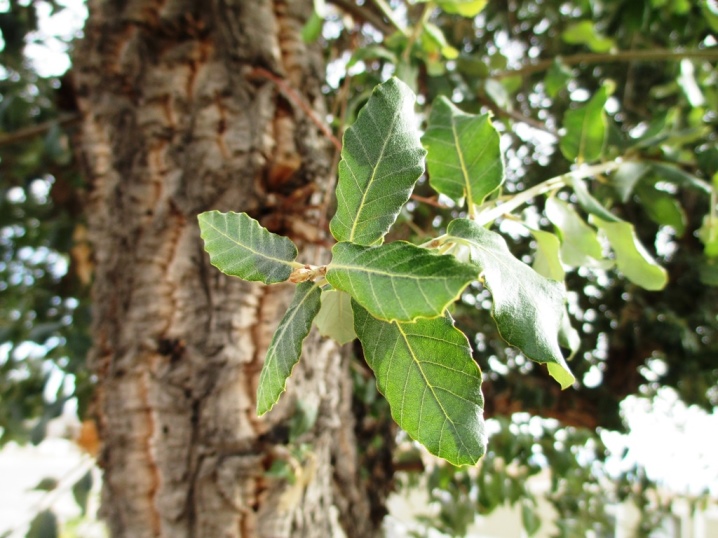
Let's list the common diseases of stone oak.
- Striking foliage. First of all, it is powdery mildew and brown spotting. Both ailments are fungal, you can identify them by examining the leaves. If there are characteristic white spots, this is a negative symptom, indicating dew.
- Necrosis, vascular and cancerous diseases... Necrosis leads to damage to the bark - it gradually dies off, and the disease penetrates deeper. Vascular and necrotic diseases are caused by a fungus, they develop both acutely and sluggishly. Transverse and graded cancer develops slowly, the symptoms are areas of dead bark and growths.
- Diseases of the root system and trunk... The disease develops in the roots and kills the plant, weakening it. Distinguish between poisonous variegated, dark brown, red-brown, white rot.
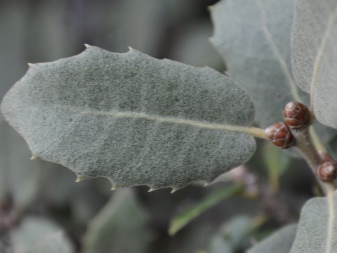
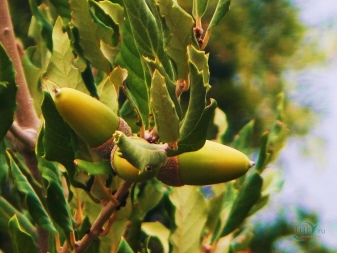
Pest attacks also cause a lot of damage to the oak, they can affect any part of the tree. It is very important to notice negative symptoms in time and take action. Preventive measures can work well if detected early. Among the most dangerous pests:
- gall midges, gall midges;
- gall mites;
- sawflies;
- aphid;
- caterpillars of butterflies;
- beetles - May beetles, weevils, leaf beetles, longhorn beetles, tube beetles;
- scabbards;
- bedbugs;
- leaf flies;
- bark beetles.
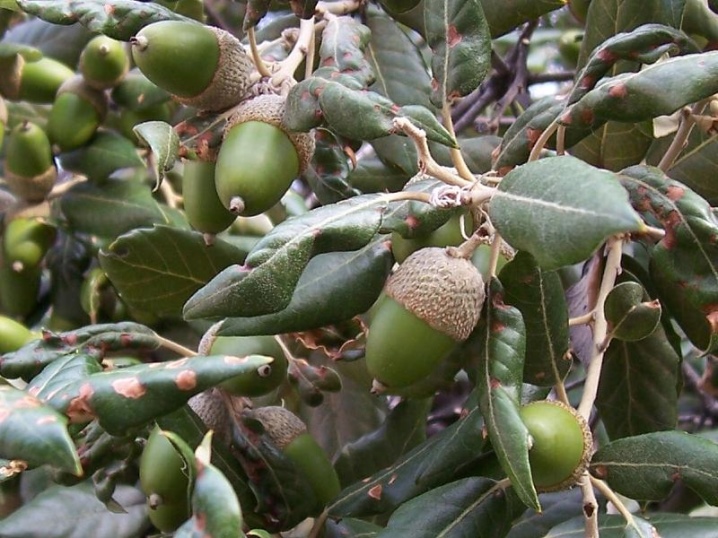
Treatment of diseases must be carried out at the very beginning of the detection of the disease, to increase the chances of recovery. It is believed that if treatment is not started in the first 7 days, then it will be impossible to save the plant. It is important to carry out the following activities:
- cut the tree;
- destroy foliage and branches with signs of infestation or insects;
- refresh the topsoil with fresh soil in the area near the trunk;
- spray with a product appropriate for the disease.
Not treated: necrosis, vascular diseases. To exclude them, you need to cut the oak in time, treat it with bactericidal agents. To prevent insect attacks, it is necessary to periodically spray with fungicidal preparations, in time to remove foliage that has fallen off.
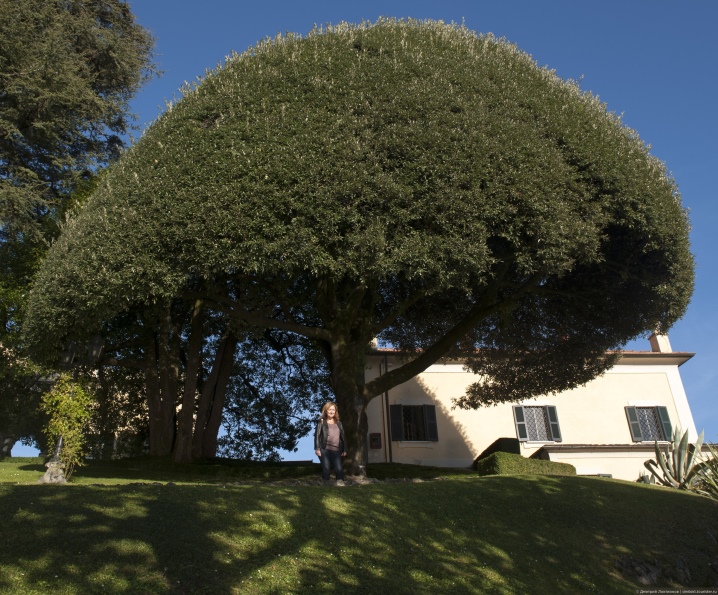
Usage
Mediterranean oak is a tree that is highly decorative, it is very majestic and aesthetically pleasing. The crown can be trimmed at will and form spectacular compositions. The most popular use of stone oak is for urban landscaping. The wood of the tree is quite hard, weighs a lot, the quality depends on the place of growth.
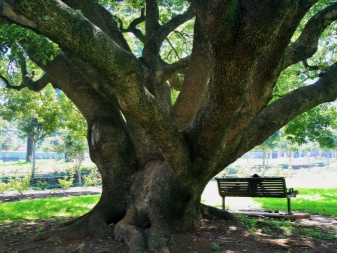
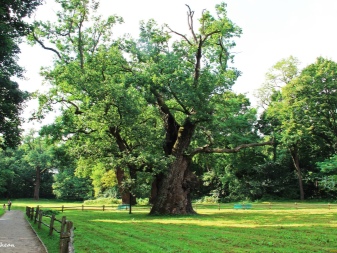
It is used:
- in construction;
- in the manufacture of furniture;
- in the manufacture of musical instruments;
- in the food industry - for barrels where alcoholic beverages are stored.
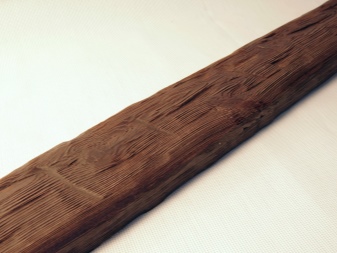
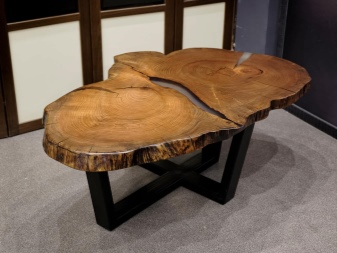
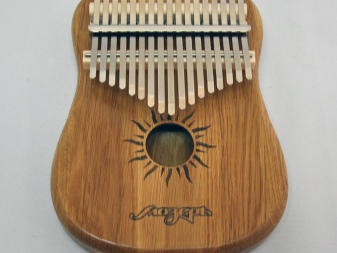
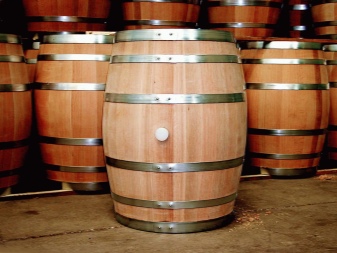
Oak groves are not only aesthetic beautiful places, but also zones, the air of which is purified and healed due to the properties of oak.




































































The comment was sent successfully.